import plotly.graph_objects as go
stages = ['A', 'B', 'C', 'D']
values = [1000, 700, 400, 250]
fig = go.Figure(go.Funnel(
y=stages,
x=values,
textinfo="value+percent initial"
))
fig.update_layout(
title="Funnel Chart Example",
title_x=0.5
)
fig.show()
#source code --> clcoding.com



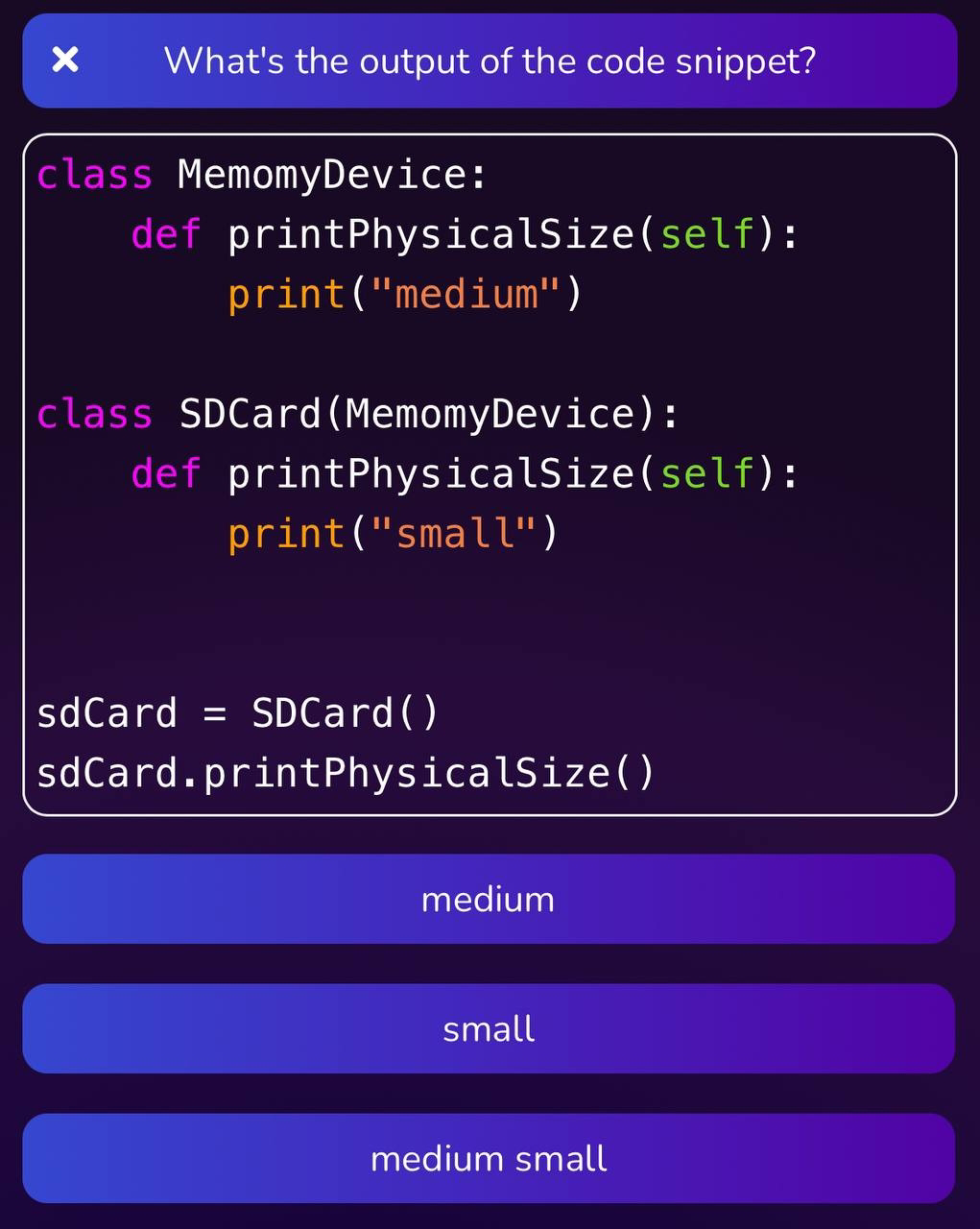








.png)





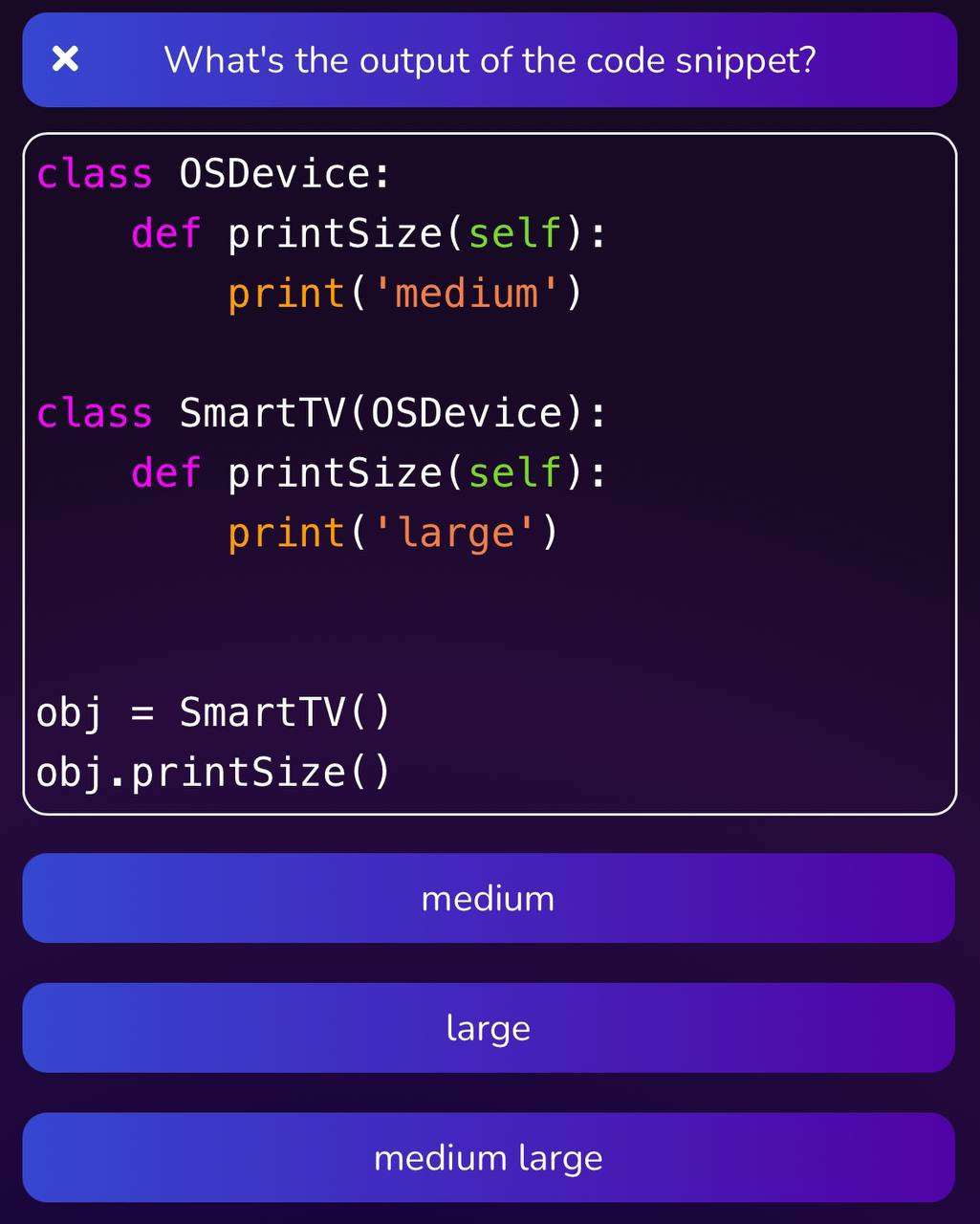

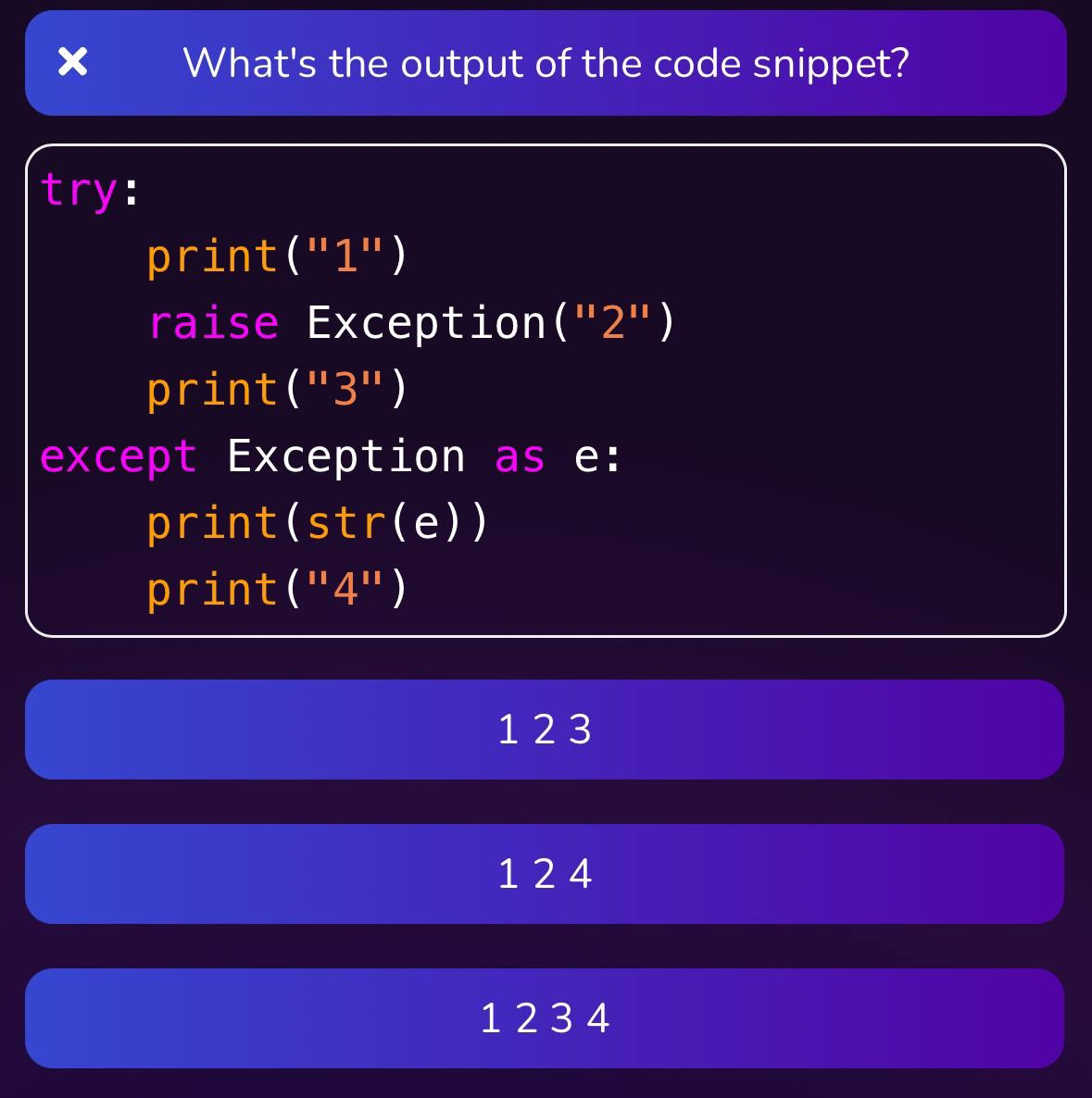





.png)
.png)



.png)



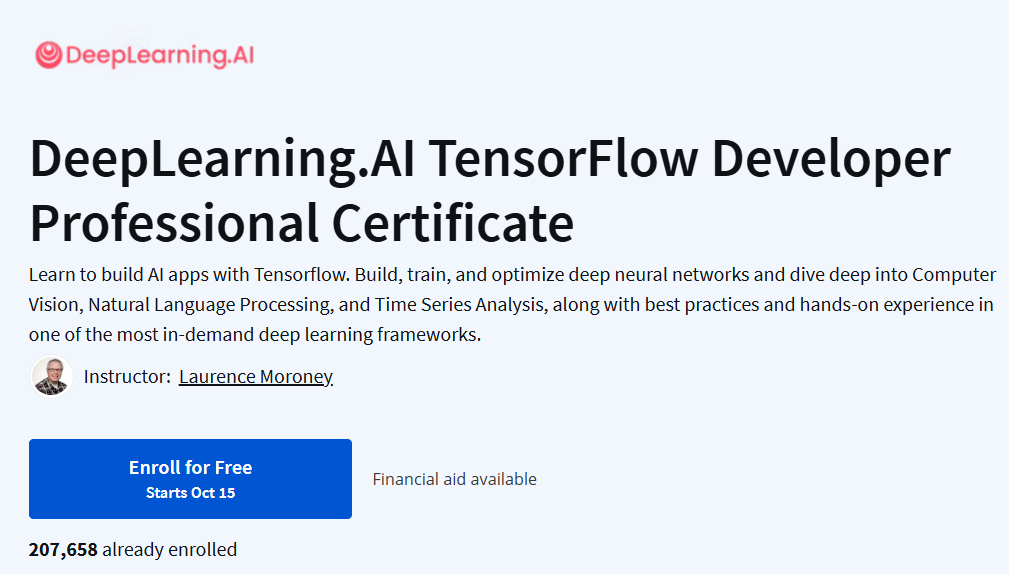
.png)
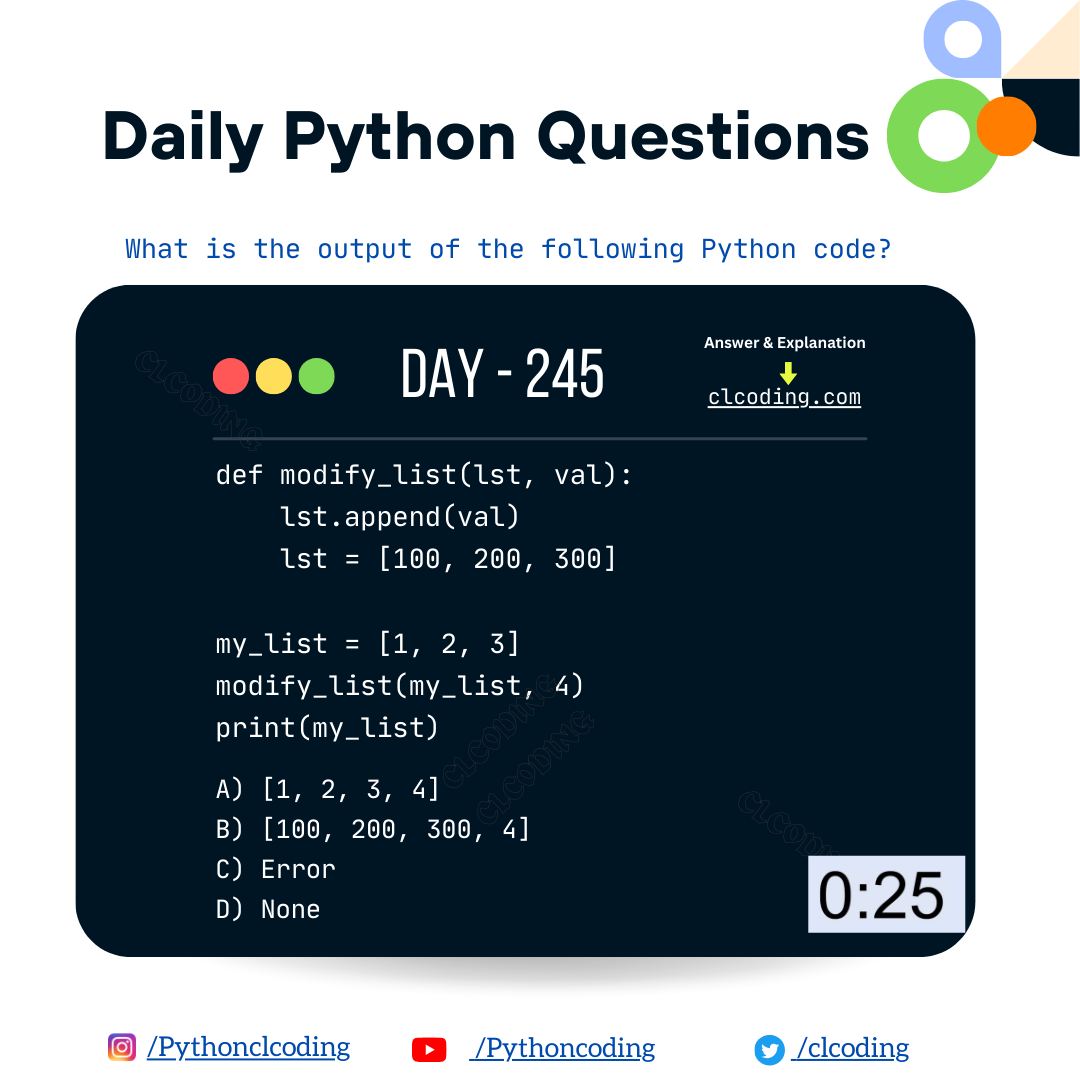




.png)


%20in%20Finance).jpg)

.png)


.png)

.png)
.png)





.png)

.png)
%20in%20Finance).jpg)
.png)
.png)

.png)
.png)




.png)

.png)

.png)
.png)






